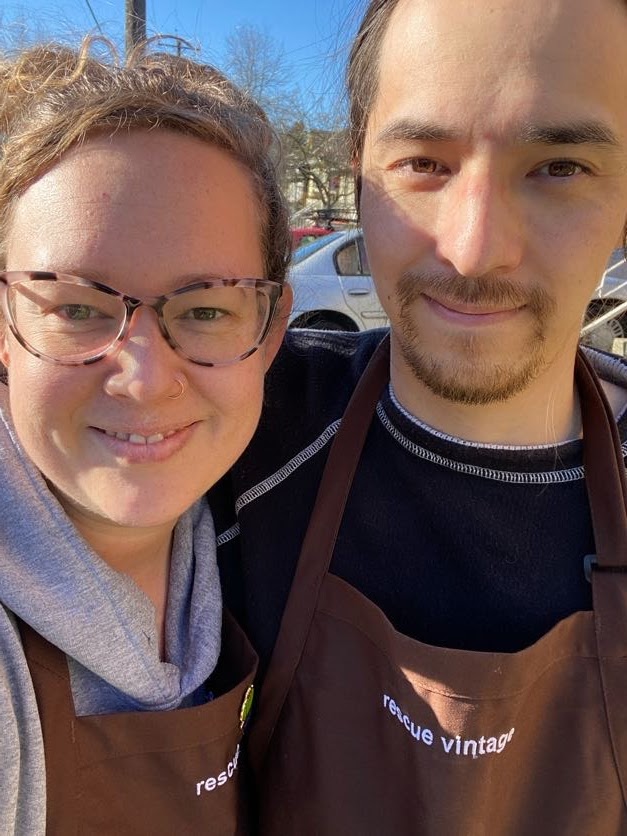We caught up with the brilliant and insightful Natassja Uraine a few weeks ago and have shared our conversation below.
Natassja , looking forward to hearing all of your stories today. Let’s start with a story that highlights an important way in which your brand diverges from the industry standard.
When my partner and I started our vintage sales and restoration business, it wasn’t a result of long deliberation, interrogating our ideals and arriving at the best path to realize them. Instead, we fell into it through the shared joy of finding and selling good examples of design to people who cared about having nice things. We also began seriously fixing things up before selling them, finding joy in the restoration as well as in the learning and improving. It didn’t take long before we understood that we had felt drawn to restoring beautiful, old things because of a deep dissatisfaction with the state of the world. We wanted to contribute to making things better.
Everywhere we turn in our daily lives, our modern possessions convey the same message: utility is fleeting; everything is deciduous. From our cell phones, to compostable packaging, to light bulbs in our homes, planned obsolescence guides our interactions with stuff toward inevitable, culturally unquestioned waste. It seems ridiculous, for example, to expect a sofa to last more than a few years, let alone to outlive you, and let alone outlive your children and their grandchildren. Imagine in the year 2100, an elderly Gen Z grandparent handing down to their breathless descendants their heirloom IKEA Poang chair, its faux leather seat pad long since in tatters. Imagine someone then lovingly refinishing the bentwood frame, repairing scratches and cracks in the base, and replacing the support system with handmade canvas, kludged together with scavenged metal eyelets and paracord. And imagine the grandchildren fighting over who gets it next! Imagine a future in which nothing of true quality is made anymore, and our children are left to fight over the scraps.
As furniture scale has shifted in the past century toward favoring more and more affordable materials, slimmer, increasingly economical designs (think the gossamer 3-wear shirts of fast fashion), and speed at exponential rates, the expectation of the quality of our generation’s furniture has fallen away, giving rise to quick, accessible, disposable furniture – and to a culture of guilt-free disposability. Even so-called high-end retailers must obey this trend, because they can’t afford to do otherwise. Meanwhile, landfills explode with rotten, half-used couches and irredeemable plastic home goods. Where does this leave the consumer who doesn’t want to participate in waste-making, who wants to have nice things that also happen to last?
At Rescue Vintage, we believe that reuse is truly a revolutionary act, because it stands against the prevailing, sotto voce message that pervades everything we buy: buy it again. Our goal is to take a thing that already exists and use our skill sets and imaginations to extend its life indefinitely, despite its intended obsolescence. We try to offer our customers an alternative to that prevailing message of waste, namely that something new doesn’t need to be made to replace something old; that what you already have has value and deserves investment. That waste is a choice, not a given.
We envision a future in which reuse will no longer be revolutionary; instead it will simply be common sense.
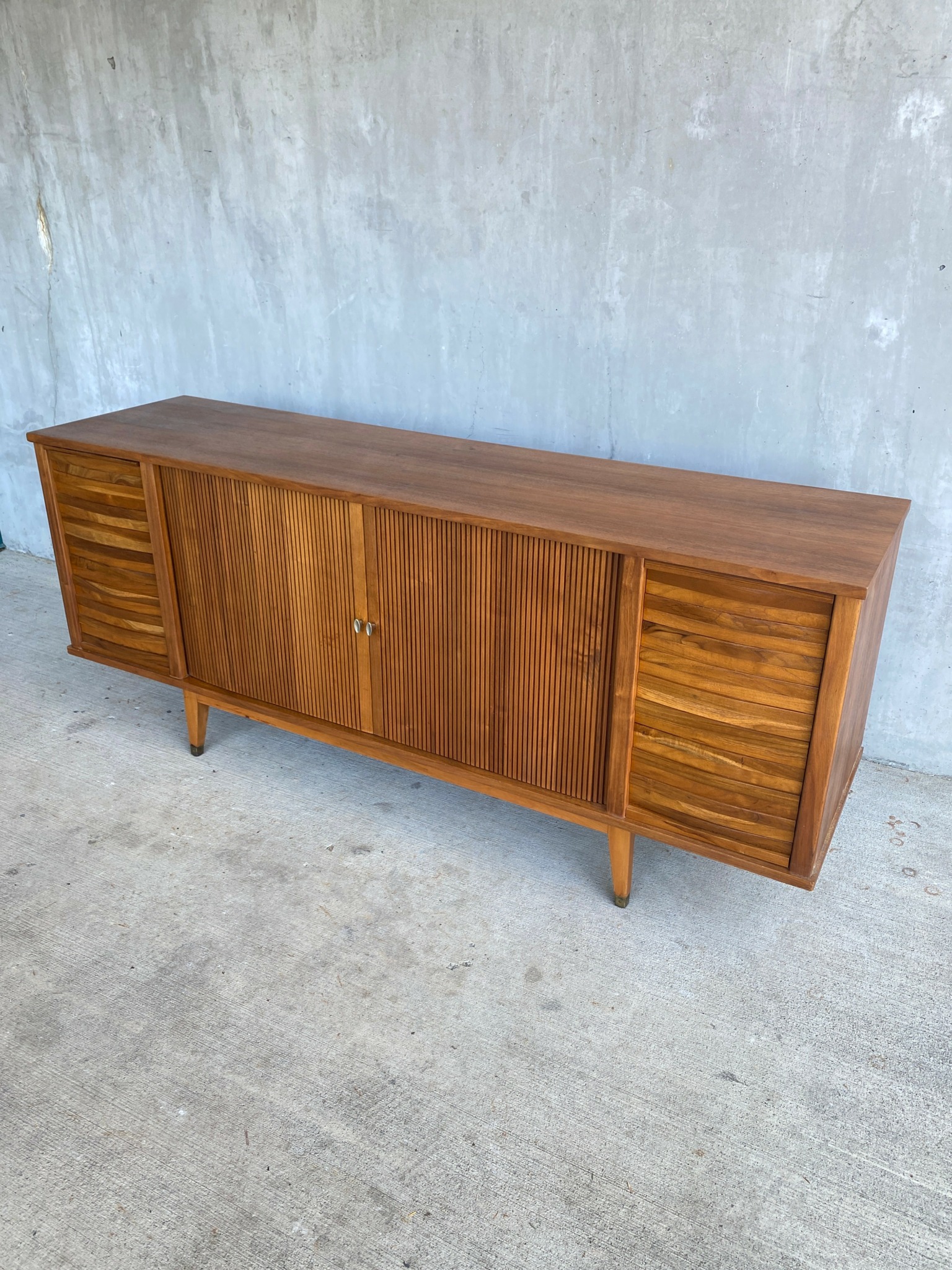
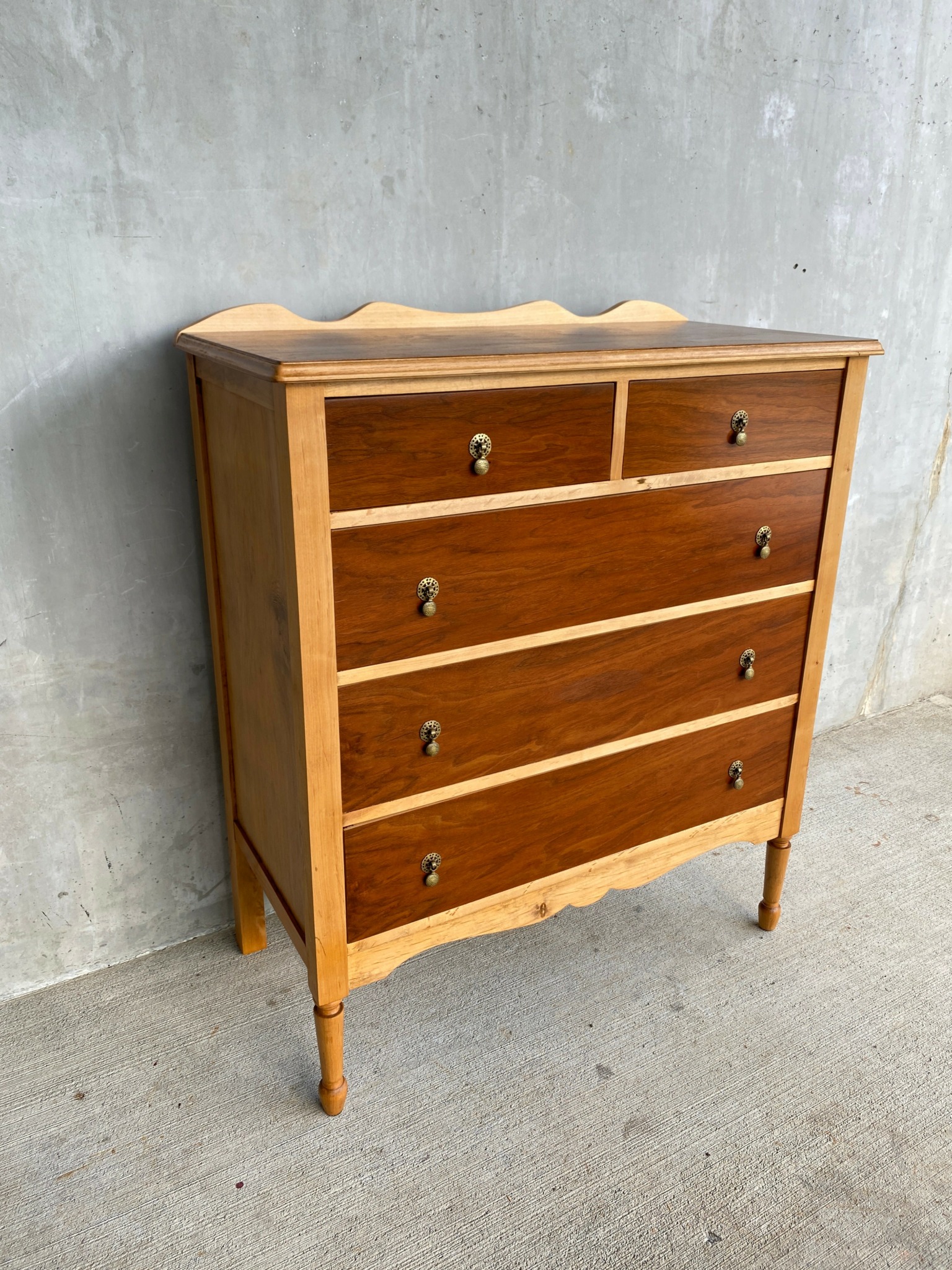
As always, we appreciate you sharing your insights and we’ve got a few more questions for you, but before we get to all of that can you take a minute to introduce yourself and give our readers some of your back background and context?
Rescue Vintage is a Seattle-based online vintage furniture retailer and local restoration services center, providing restoration services to the Pacific Northwest region. Husband and wife partners Matt and Natassja run the business, working with clients to bring their bespoke restoration projects to life. Restoration services include furniture repair, refinishing, upholstery, and creative consultation. Additionally, Rescue Vintage offers both fully restored and pre-restoration furniture for sale through its website.
We started small and we have stayed small by design. Our kind of work requires a level of attention and communication that can’t be maintained at scale, so by taking on only a select number of projects per year, we are able to provide the kind of attention to our clients and their pieces that makes them feel valued. Based on the customers who have returned to work with us, as well as on the reviews they are kind enough to leave after interacting with us, I believe our clients appreciate our focus on service and professionalism over scale.
We maintain a social media presence through Instagram, in hopes of influencing people to invest in the things they love rather than replacing them with something new. We share photos, videos, and stories of some of the incredible pieces that pass through to not only keep a record of our work, but also to inspire folks who might be considering doing some of that work themselves. Someday soon, we’d like to start providing introductory classes to get people involved in maintaining and repairing their own furniture.
Founding Rescue Vintage came in part out of our shared desire to contribute to solving the ever-present problem of waste in our world. In our personal lives, Natassja and I already devote energy to reduction and reuse, whether through composting and home gardening, to the minimization of single-use plastics, to buying in bulk, to cooking for ourselves and washing our own dishes. Founding a vintage resales business seemed like a natural consequence of our efforts in our personal lives to live in alignment with our personal ideals. Furthermore, unlike home composting, Rescue Vintage represents a way for us to live our ideals in the public sphere by encouraging other people to be more intentional with the products they buy. As we have expanded the repair and restoration services we offer, we have worked to address even the problems of waste within our own business – we repurpose scrap material whenever possible, creating upcycled products such as pet cushions and table lamps from the leftovers from big projects. We often donate scraps to local hobbyists as well.
We have spent years growing our business into the kind of space that can provide honest, professional, conscientious restoration services. We hope to be the name that comes to mind when you want to maintain a family heirloom, repair a beloved-but-broken piece in your home, or find something to add to your space that you didn’t know you needed until you saw it.
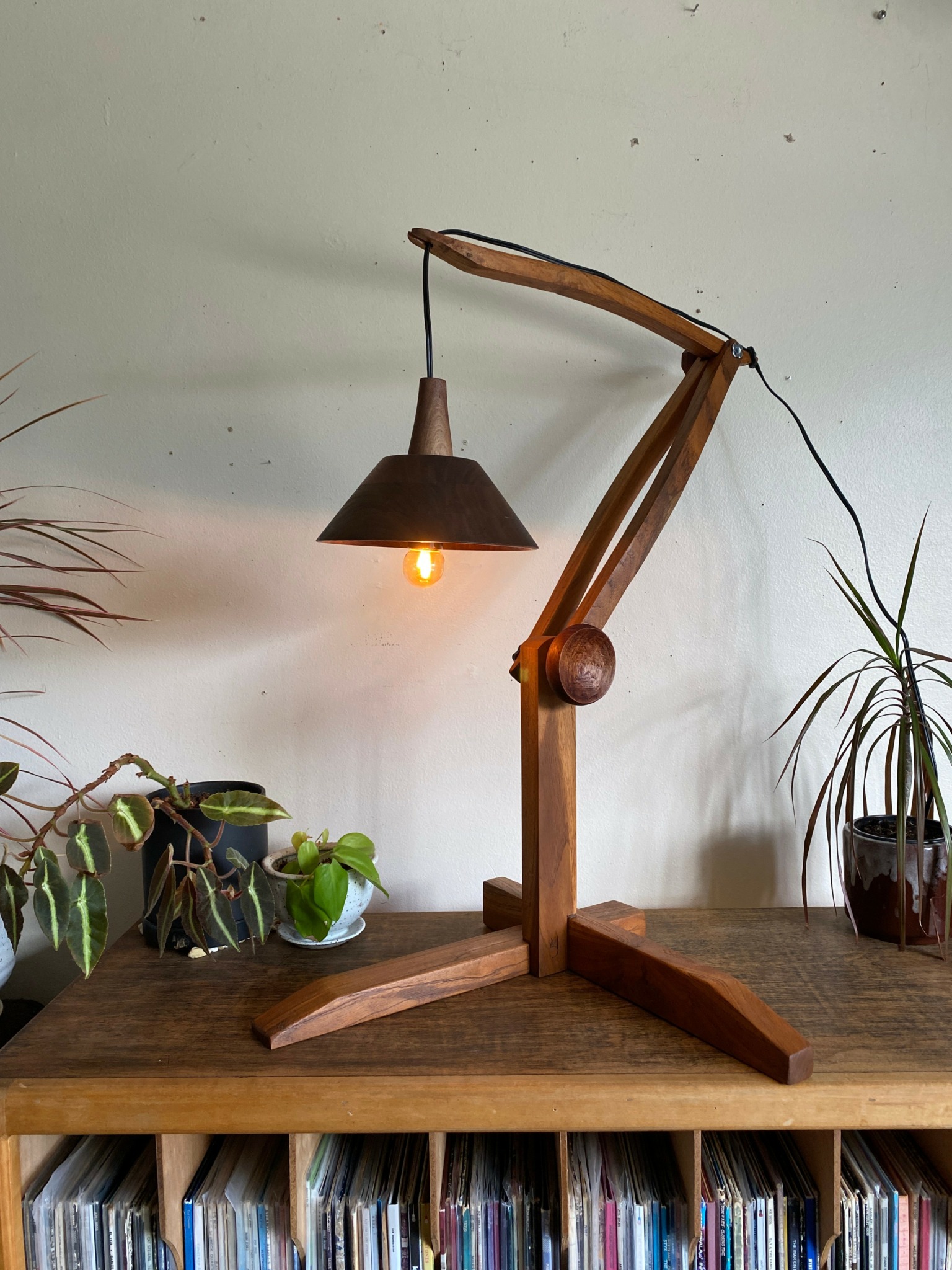
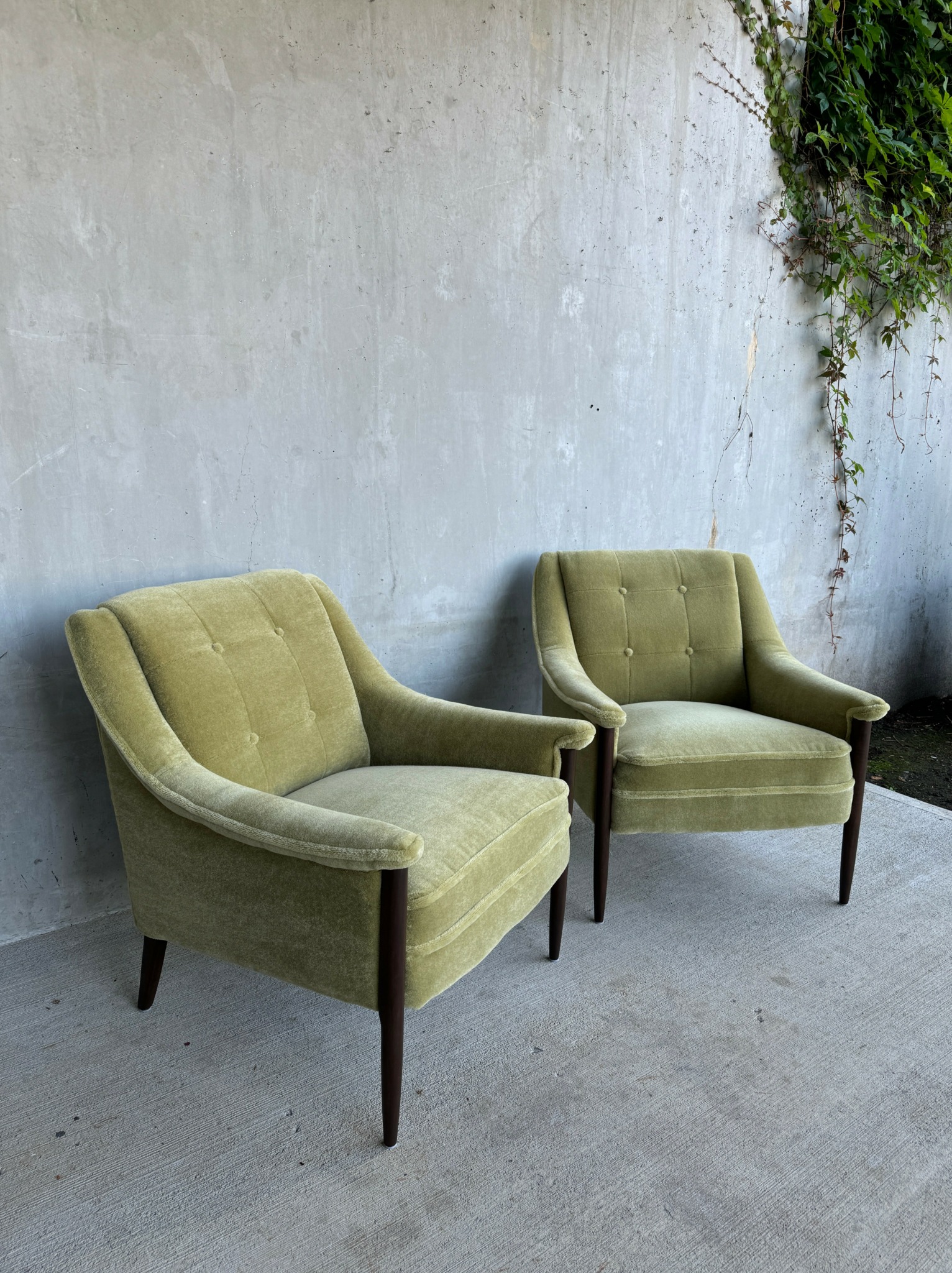
We often hear about learning lessons – but just as important is unlearning lessons. Have you ever had to unlearn a lesson?
It’s okay to say “No” sometimes.
As service providers, one of the greatest joys we can experience happens upon the delivery of a finished project to a satisfied customer. That wave of relief that comes from executing a big project and handing it over to someone stems from that persistent perfectionist within, who always wonders, “Is it good enough?” The electric anxiety of taking on a creative challenge for a customer is part of what drives us to work hard, and to improve ourselves to be better next time. It also is a slow, agonizing form of self-torture that most small business owners impose on themselves, sometimes unnecessarily.
As humans, it’s natural, too, to want to say yes to a reasonable request or offer, because the mental labor of saying no and politely justifying it can be draining. But that initial investment of emotional labor can save you heartache in the long term, and also be the best way to provide care for your customer. It’s nearly impossible to deprogram the wish to say Yes unconditionally, especially when your small business needs every penny it can get, but it can actually harm your business to agree to do something outside of your comfort zone.
One example that comes to mind happened last year. A couple of folks reached out about a large wall unit they had in deep storage, the kind that any vintage reseller would be happy to have in their inventory. They couldn’t provide any pictures, since it was packed in with a household’s worth of stuff, but it was all ours if we wanted it, gratis. All we had to do was pick it up.
Our style of business attracts offers of furniture donations fairly often, and it’s not uncommon for these donations to require pick up from a home or a storage facility. Essentially, the trade ends up being junk removal services for a free, if damaged, piece of furniture.
Natassja and I have learned over the years to weigh a number of considerations before saying yes to a large donation such as this one, and here is just a sample of the things we ask ourselves: is the piece valuable if restored? Do we have the skills and tools to properly restore this? Do we have space to house this piece while we work on it? Can we transport this piece safely and affordably? Can we reasonably expect that someone will buy it? Can we afford to invest the time to restore it?
If we can check enough of the boxes on our list, we usually say yes. In this case, almost every answer was no. While the piece was indeed valuable AFTER restoration, the client had provided no pictures except for a copy of a ‘similar listing’ they had found online. The piece was disassembled in storage, and the client couldn’t provide any dimensions of the separate pieces. They assured us it was in working condition, if a little scuffed up.
Call it hubris, or maybe greed, but we agreed to pick up the wall unit, sight unseen, despite giving ourselves ample reasons to decline. We arrived that Saturday in a Seattle downpour, and, after several hours of rearranging boxes and other furniture, we had extracted various pieces of the wall unit. It was huge, with several large bays that wouldn’t fit properly in our car together. We would have to make several, multi-hour trips to transport all the pieces to our workshop. By the end of the day, exhausted, we unloaded the last piece into our clogged workshop. There was no room to move around now, let alone put together such a massive piece. We wouldn’t even have a way of taking photos of it once it was finished. What were we even thinking?
The next day, I assessed the pieces of the unit. Almost every one was destroyed to some degree. Combinations of water damage and abuse had swelled the cabinets and splintered the veneers. Long horizontal scratches marred the grain lines across the faces of the bays. All of the doors and fasteners were busted, some ripped out of their housings entirely. Black, cloudy mold colonies bloomed along the edges of several sections. And several cabinet joints were shattered into multiple pieces. The level of catastrophe this unit had endured was hard to fathom – maybe a flash flood followed by a Krav Maga class?
What’s worse, the client reached out to us the following week. They had found multiple missing pieces that we would need to complete the wall unit. Could we come back and pick them up? We had no room now to house any more pieces. But selling an incomplete wall unit isn’t likely. For the third time, we drove to the storage facility and picked up pieces of the unit.
It took me months to work through the list of tasks I set for myself to restore the wall unit. Mold remediation first. Piece by piece, I filled holes and lifted scratches with steam. I sanded and refinished each piece, sealing and lacquering each one separately. I rebuilt the cabinet joints, devised new pieces to replace missing supports, and reattached all of the glides and hinges. I replaced the lights. I toned and blended and inpainted discolorations. I reinforced weakened sections of the substrate. I did the work.
Months have passed, and I still haven’t been able to take pictures of the unit in its entirety. Until I do, I won’t be able to put it up for sale; and once it sells I am not certain how it will be transported. What’s more, the space occupied by all the pieces of the unit has prevented me from taking on faster, more valuable projects in the meantime.
Looking back, there were so many moments when I could have been kinder to myself by simply saying no to a bad idea. I said yes because I believe in the mission of preventing waste. I said yes because I felt social pressure to agree. I said yes because I believe in facing challenges and testing myself. However, I should have said no.
An often misquoted aphorism in the services industry goes, “The customer is always right…” It is so often invoked as a monolithic dictum that you must never refuse or contradict a paying customer, or else. But it’s worth considering the missing second part of the quote: the customer is always right… in matters of taste.” The customer is often wrong in matters of fact or skillset – if you are the professional providing a needed service, you must say no to your customer when they request something that can’t be done, or, worse, might harm the quality of your product. Offer a compromise if you can find one, but don’t jeopardize the long-term success of your business for the sake of avoiding a difficult conversation now. You can be diplomatic and still say no – it just takes practice.
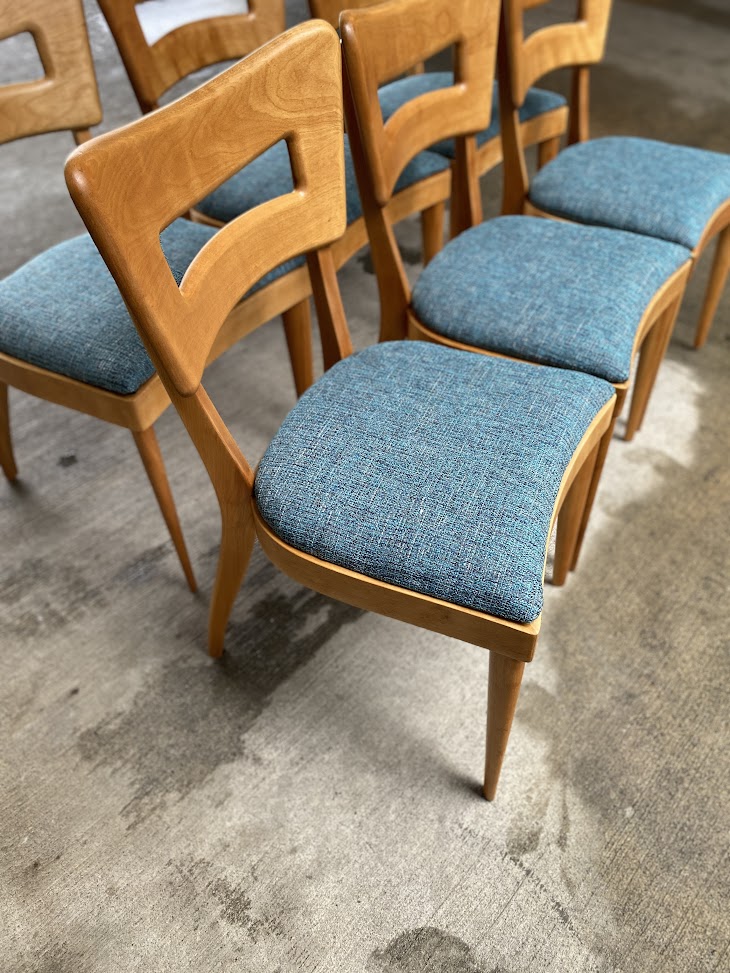
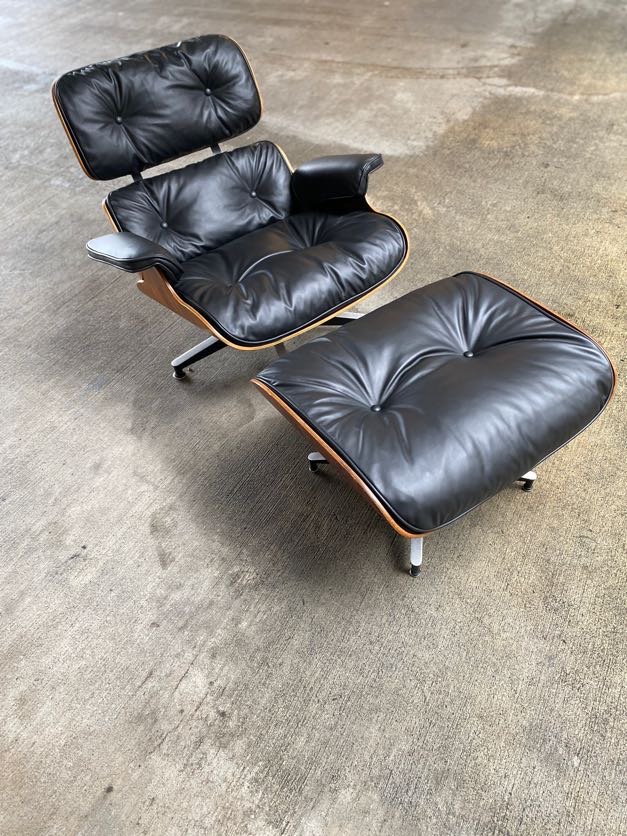
Can you tell us the story behind how you met your business partner?
Matt and I started talking on Hinge in March 2020, two weeks into the COVID lockdown. Our messages in the dating app quickly became text messages about our music preferences, which turned into making collaborative playlists, and watching movies simultaneously while talking on the phone. The risk of meeting in-person ensured a sort of long distance courting most people skip while dating these days, but it formed the foundation of our relationship. We had to be creative about getting to know each other without meeting in-person, so we devised photo scavenger hunts, more collaborative playlists, and used cards from the box set “We’re Not Really Strangers” to ask each other every manner of probing question. After about two weeks of this back-and-forth, we came up with the idea to get to know one another better by filling a small vintage cosmetics trunk with things that we liked and that we thought represented ourselves. Matt left what we came to refer to as “The Box” on my doorstep one sunny April afternoon, and I opened it to find a kaleidoscope of objects and notes telling me who he was. Needless to say, we quickly decided that the long distance model was insufficient, and met for an in-person socially-distanced walk.
One of the cards we liked best in “We’re Not Really Strangers” asks, “What can we create together?” Matt edited it to say, “What can’t we create together?” and that became our de facto motto in life and business. So much so that, six months after meeting and spending most of our time dating by taking long walks in various Seattle neighborhoods, we found ourselves with the start of a business. Since thrift stores were closed, no one was accepting donations, and we were all cooped up in our homes with the same furniture and decor, we started seeing tons of furniture left out on the curb, free for the taking. We started picking up what we could find, fixing it up, and selling it on resale platforms. Within a year, what started as the thrill of finding and upselling a cool piece became a small business aligned with our ethics and worldview, one that allows us to creatively collaborate while bringing a valuable, treasured object back-to-life. We were drawn to each other romantically because of our creativity and ingenuity, and those things are now the underpinnings of our business.
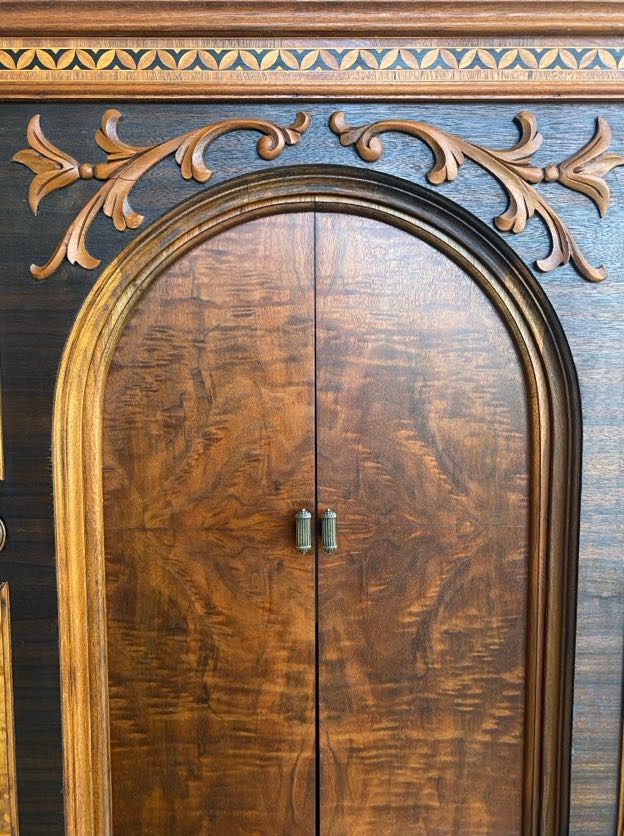
Contact Info:
- Website: rescuevintage.com
- Instagram: @rescue_vintage


